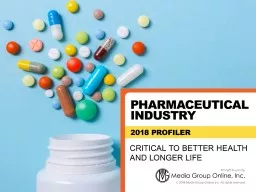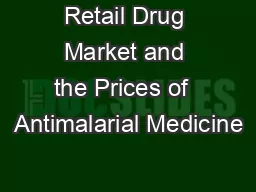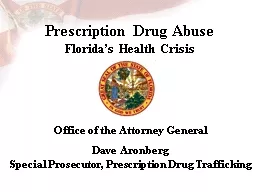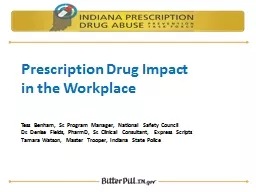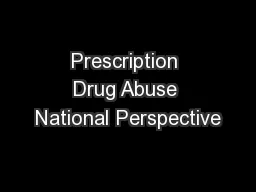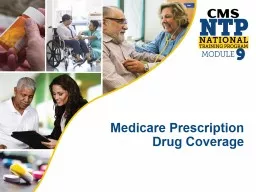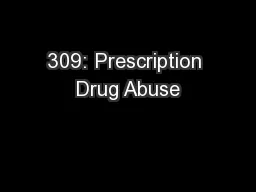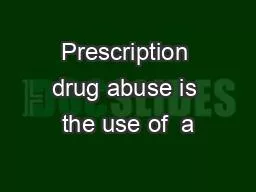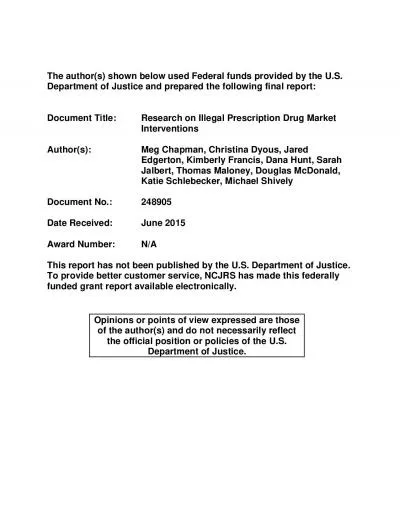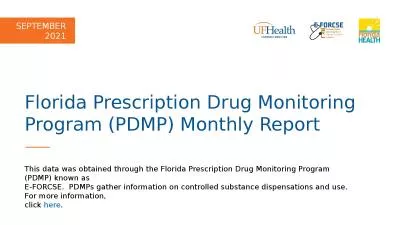PPT-According to Fung Global Retail & Technology, the US prescription drug market totaled
Author : min-jolicoeur | Published Date : 2018-12-09
QuintilesIMS a pharmaceutical data company forecasted prescription drug spending to increase 47 through 2021 to reach 580 billion to 610 billion but with likely
Presentation Embed Code
Download Presentation
Download Presentation The PPT/PDF document "According to Fung Global Retail & Te..." is the property of its rightful owner. Permission is granted to download and print the materials on this website for personal, non-commercial use only, and to display it on your personal computer provided you do not modify the materials and that you retain all copyright notices contained in the materials. By downloading content from our website, you accept the terms of this agreement.
According to Fung Global Retail & Technology, the US prescription drug market totaled: Transcript
Download Rules Of Document
"According to Fung Global Retail & Technology, the US prescription drug market totaled"The content belongs to its owner. You may download and print it for personal use, without modification, and keep all copyright notices. By downloading, you agree to these terms.
Related Documents

